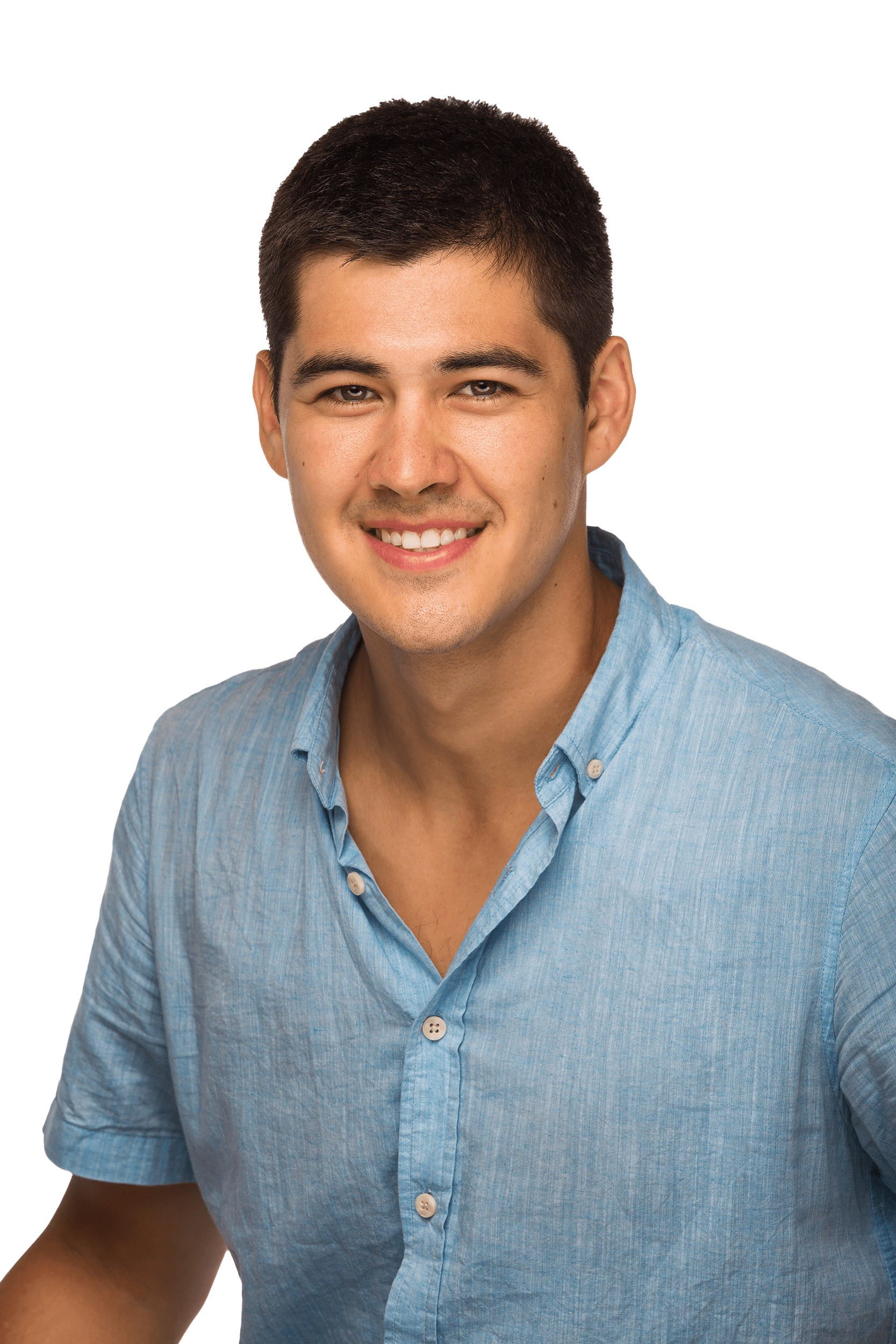I am a
ROBOTICS SCIENTIST
At MIT MEDIA LABSam Spaulding
This scientist was part of our original collection.*A few features may be different.
SAM
SPAULDING
He/Him
“Science is tightly integrated with society. So many of the huge technological advances of the past half-decade seemed abstract at first.”
Not many people can list Jeopardy contestant, Pictionary champion, Disney Imagineer, and robot whisperer among their accomplishments, but Sam Spaulding has always allowed his curiosity to take the lead.
As a kid, he was the sort to ask “why?” and “why not?” in equal measure. He was constantly looking for new things to learn about, while at the same time finding plenty of ways to get himself into trouble. By the time he hit college, that combination of audacity and knowledge-seeking paid off, when he became the runner up in Jeopardy’s College Championship. A few months later, there was a new Jeopardy champion — IBM’s latest artificial intelligence, “Watson”.
Sam was fascinated by the idea of a robot winning the game. True to his bold nature, he reached out to the offices of the Watson creators and asked if he could join their team.
They said “no”. He didn’t have the skills needed to do the job, but they were supportive and encouraged him to keep at it. So he did.
He ended up getting his degree in computer science, and became more and more interested in both the similarities and the differences between a robot and a human mind. He decided to pursue his PhD in Media Arts & Sciences, where he could study technology, engineering, and robotics at the same time that he studied cognition and animation. The combination of scientific tools and a creative approach allowed him to explore new possibilities for the social roles that robots could one day play in our lives. After all, if they can beat us at Jeopardy, who’s to say they can’t also help us master fractions?
Today, through both his studies and the company that he’s part of, he is helping to create a future where robots can be social, and interact naturally with humans to support our harder-to-meet needs, like tutoring, play, and companionship.
Because, as Sam might say, “why not”?
Notable Accomplishments:
National Science Foundation Graduate Research Fellowship
First Runner Up -- Jeopardy! College Championship
The
basics:
Expertise: Robotics; Engineering
Title: PhD Student
Institution: MIT
Personal Resources + Links:
TWITTER → I am a hiking, cooking, game-obsessed engineer who is creating robots that you’ll want to hang out with.
GAME SHOWS
•
HIKING + CAMPING
•
ASIAN COOKING
•
LAWN GAMES
•
HIP HOP
•
GAME SHOWS • HIKING + CAMPING • ASIAN COOKING • LAWN GAMES • HIP HOP •
things I love:
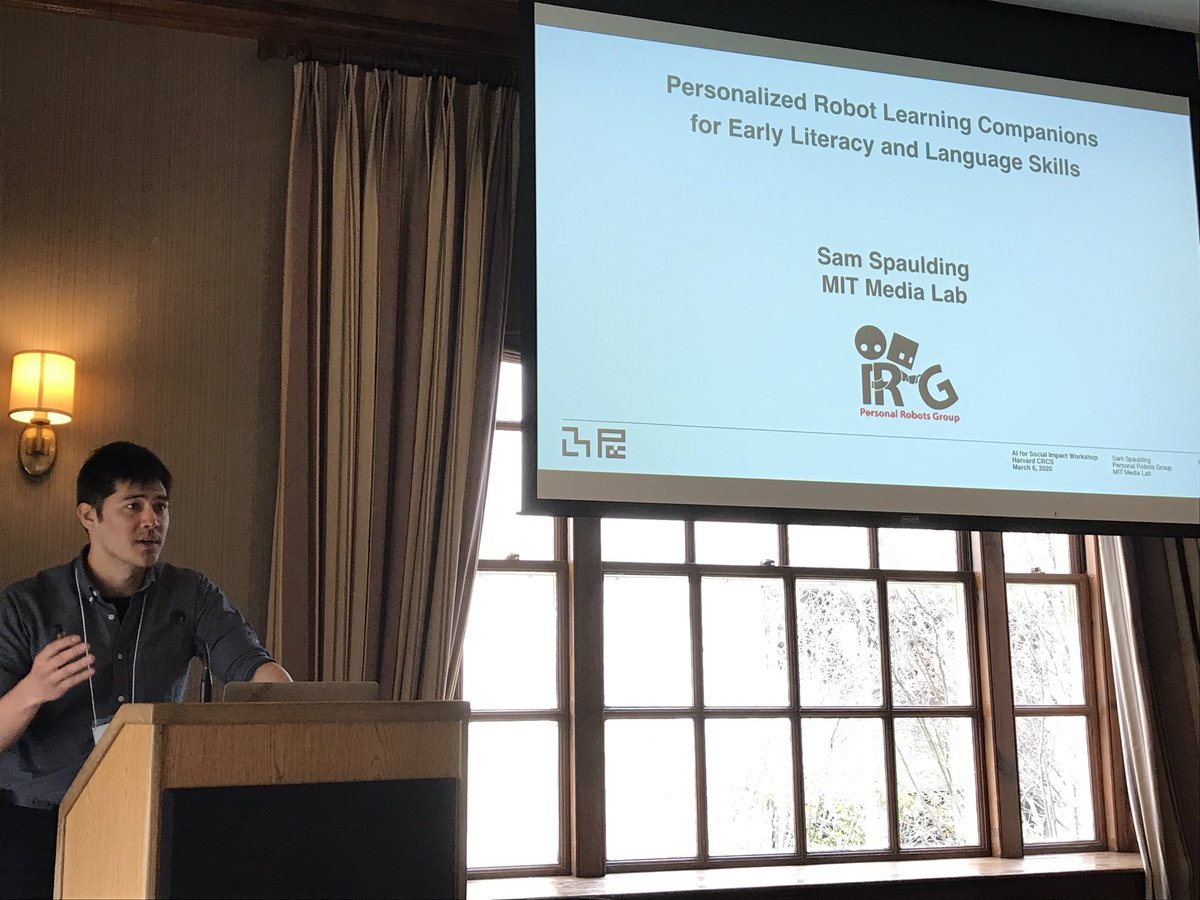



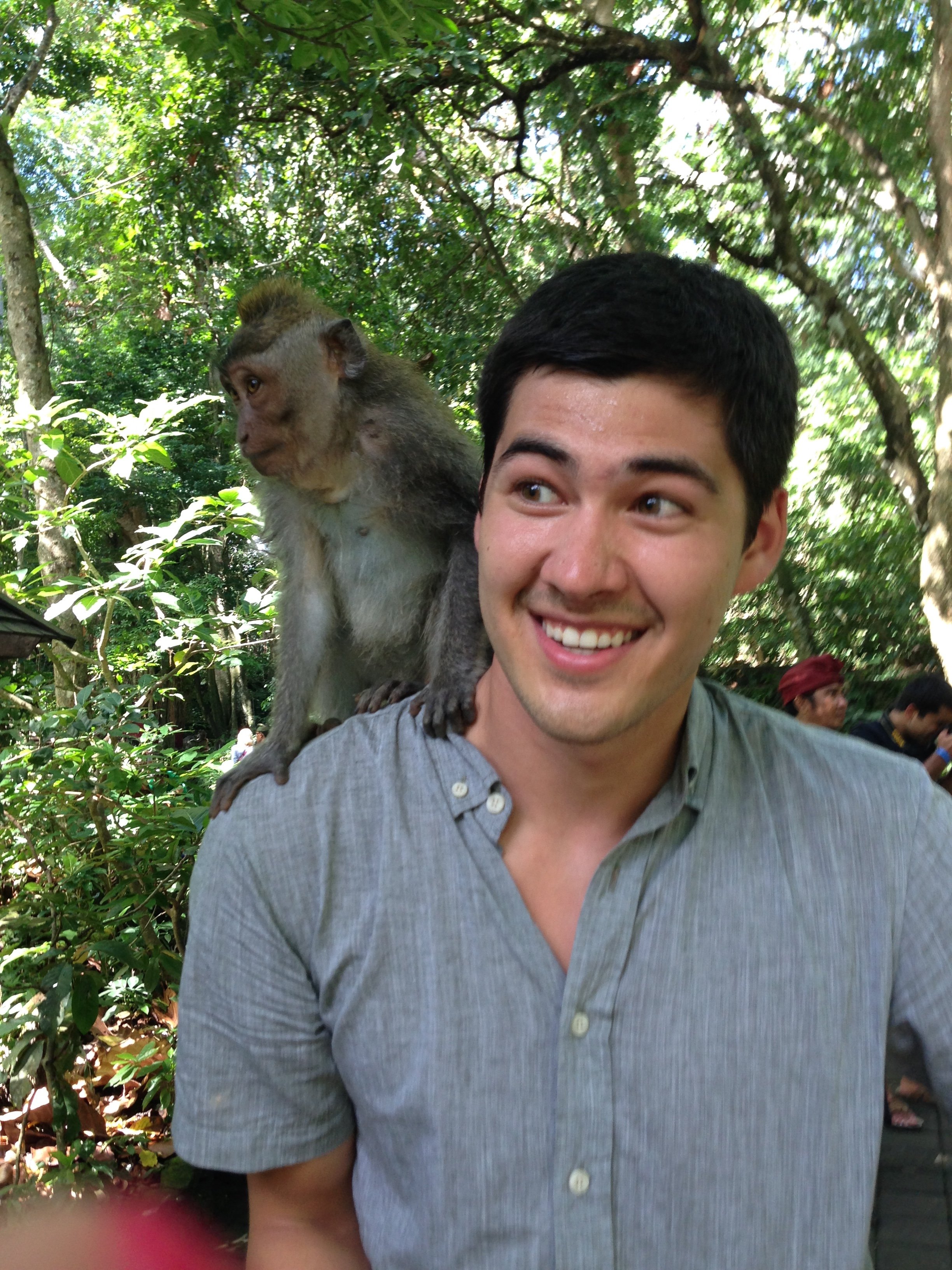
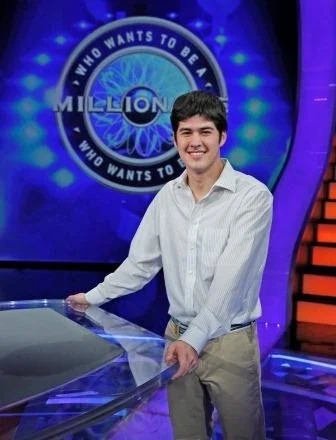
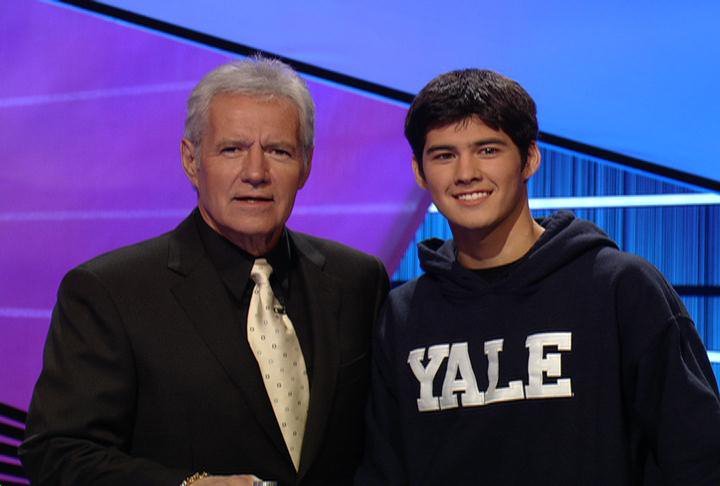
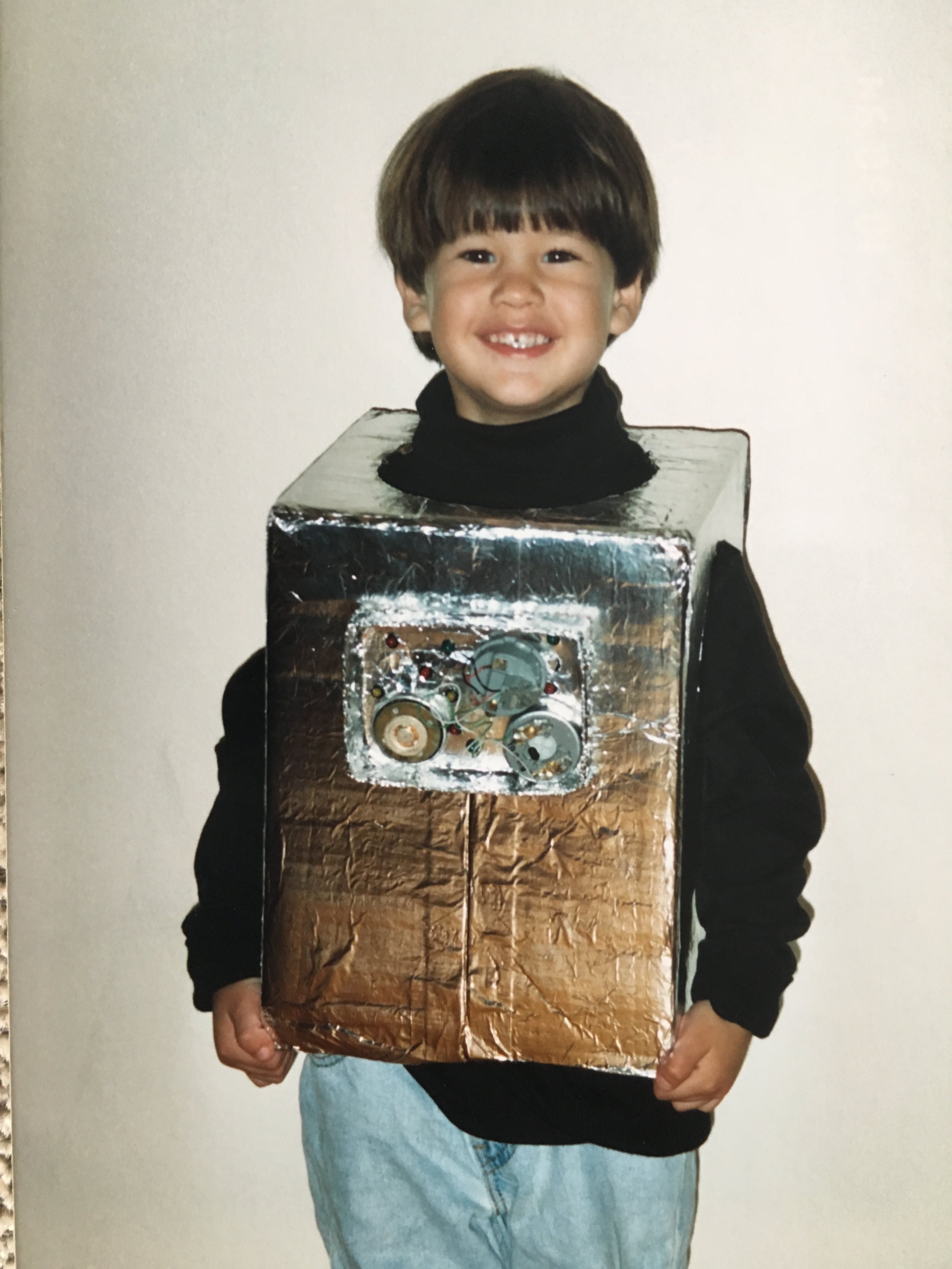
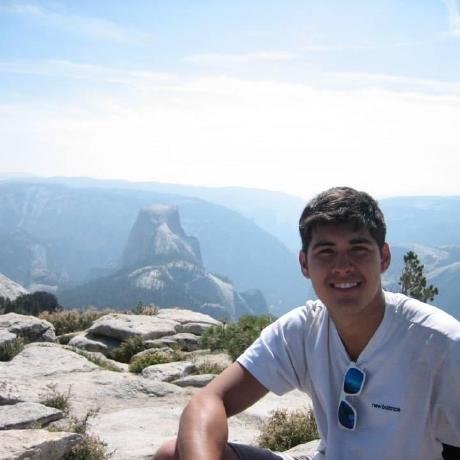
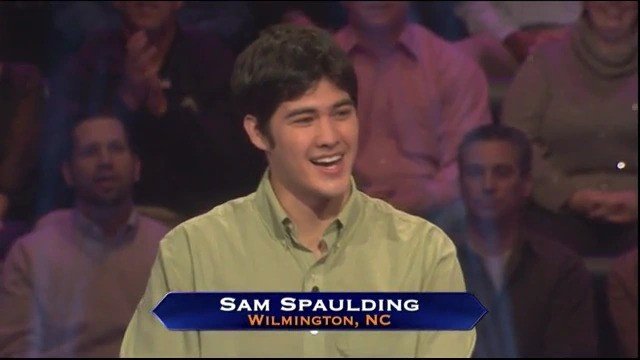
WHAT I DO
i am a ROBOTICS SCIENTIST
My job requires a lot of research, engineering skills, computer coding, and patience.
i spend a lot of time on computers.
You will find me writing programs, building prototypes, and doing lots of tests on robots and other machines.
I’m working on creating social robots.
This means that I’m working to build robots that can interact easily with humans in ways that feel natural to us.
i believe in humanity.
My hope is that I can develop new types of social robots that serve a purpose in education, art, and keeping people company.
MY WHY
When my younger sister was born, I became fascinated with how she learned to speak.
I WANT TO KNOW:
Can we build an artificial person from scratch?
How can humans interact with robots to make our lives better?
MY ADVICE
a little about me
I was on the wrestling team in high school.
I’ve always been interested in so many different things. I love spending time outdoors. I love listening to hip hop. No one else in my family is in science. I was on Jeopardy and Who Wants to Be A Millionaire. I have terrible handwriting. My interest in how humans learn language led me to robotics.
MY PATH TO SCIENCE
Learning Just for the Fun of It
I grew up in North Carolina, and was interested in a lot of different things as a kid. I was a huge reader and liked knowing things. I loved making up games with my two siblings. I think learning is just an inherently fun thing to do, so I love to just learn for the sake of learning. One of my proudest high school accomplishments was winning the state in a science Pictionary competition.
Getting on the Game Show Circuit
I was on Jeopardy! in College and was the first runner up in the College Championship. It was an important experience because it’s impossible to prepare for Jeopardy!, but trying to prepare for it makes you curious about everything. After Jeopardy! I was on “Who Wants to be a Millionaire”, but it didn’t go as well. It taught me the value of taking risks and made me more excited to keep learning.
Building Intelligence from Scratch
When my younger sister was born, I became fascinated with how she learned to speak. I wanted to understand human cognitive abilities, and this sparked my interest in science. I did not start learning computer science until college, when I decided that creating AI and robots was a great way to understand people. I thought I could understand cognitive abilities better if we built it from scratch.
Learning the Business
I did a lot of start-ups and internships to better understand different ways to apply my knowledge. I worked in research for Walt Disney Imagineering, and in software engineering for Amazon. After starting my PhD at MIT, I took a break to join Jibo and help develop the world’s first social robot for the home “(Jibo”). I had really good mentors along the way.
Social Robots
I eventually went back to work on a PhD in Media Arts & Sciences, studying social robotics, which requires a lot of learning about people. I work in collaboration with animators to determine how robots should move and look so that people like them. I’m also looking into ways to apply work to tutoring, play, and companionship.
I study Robotics
Robotics combines engineering, science, and design to create artificial tools and intelligence.
INTRODUCING
robotics
What is robotics? Why does it matter?
Who doesn’t love a good robot? The field of robotics blends computer science and engineering to design and program robots that can perform a wide range of tasks for us! This area of study is built on the past work of electrical engineers, mechanical engineers, materials scientists and more. It is an interdisciplinary field of study, meaning that it pulls together many kinds of science to create new products and areas of knowledge.
Robots that are made to look and act like living creatures are called bio-inspired robots. But there are many other kinds of machines that perform tasks for us that are technically also robots even though they may not look like a mini mechanical human. Robots are useful for performing tasks that would be overly repetitive or too dangerous for humans to complete. Robots drive on the bottom of the sea to explore environments humans can’t get to, they go into areas with potential explosives to try to detect and neutralize bombs so that humans don’t have to, and they work with materials in manufacturing and other processes that are too hot or hazardous for humans to handle.
The field of robotics is rapidly expanding these days, and the possibilities are endless.
Career Resources
Every scientist’s path is unique, and the right resources can make all of the difference. Below are a selection of resources that may be helpful for those who are interested in areas of science that are related to Sam’s work.

“To be a scientist, number one is to have the desire. You need to want to be a scientist, and if you have the desire—I truly think other stuff, like intelligence, aptitude, talent, or whatever, is all secondary.”
— SAM SPAULDING
KEEP EXPLORING
Here are some resources we recommend for diving deeper into themes from this story.
Tech & Computer Science
FIELD GUIDE
coming soonView more related scientists:
Looking for teacher resources?
PHOTOGRAPHER: Erica Derrickson • Boston, MA© 2024 THE PLENARY, CO. ALL RIGHTS RESERVED. TERMS. PRIVACY.This is a brand new site! See an issue? Let us know.



